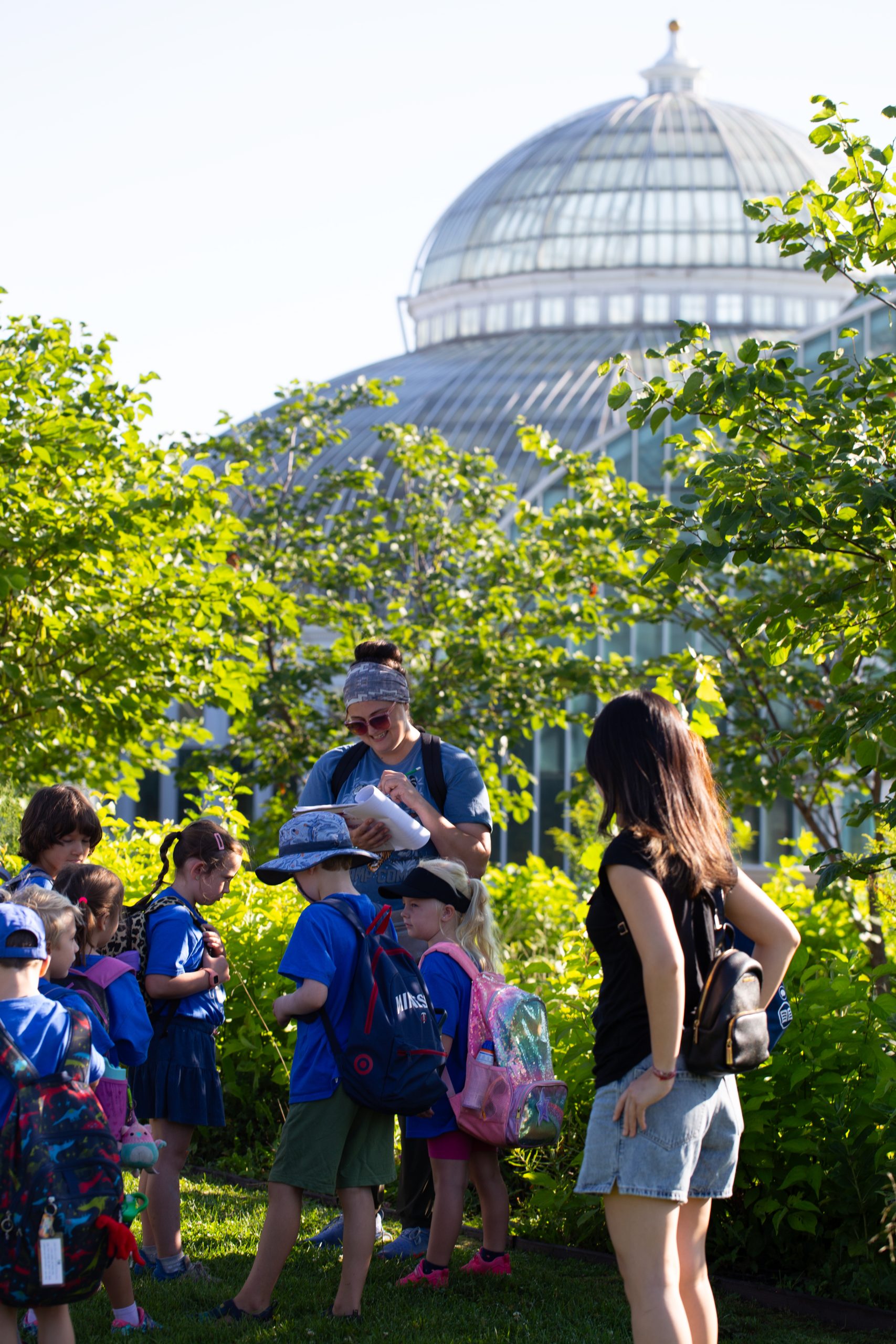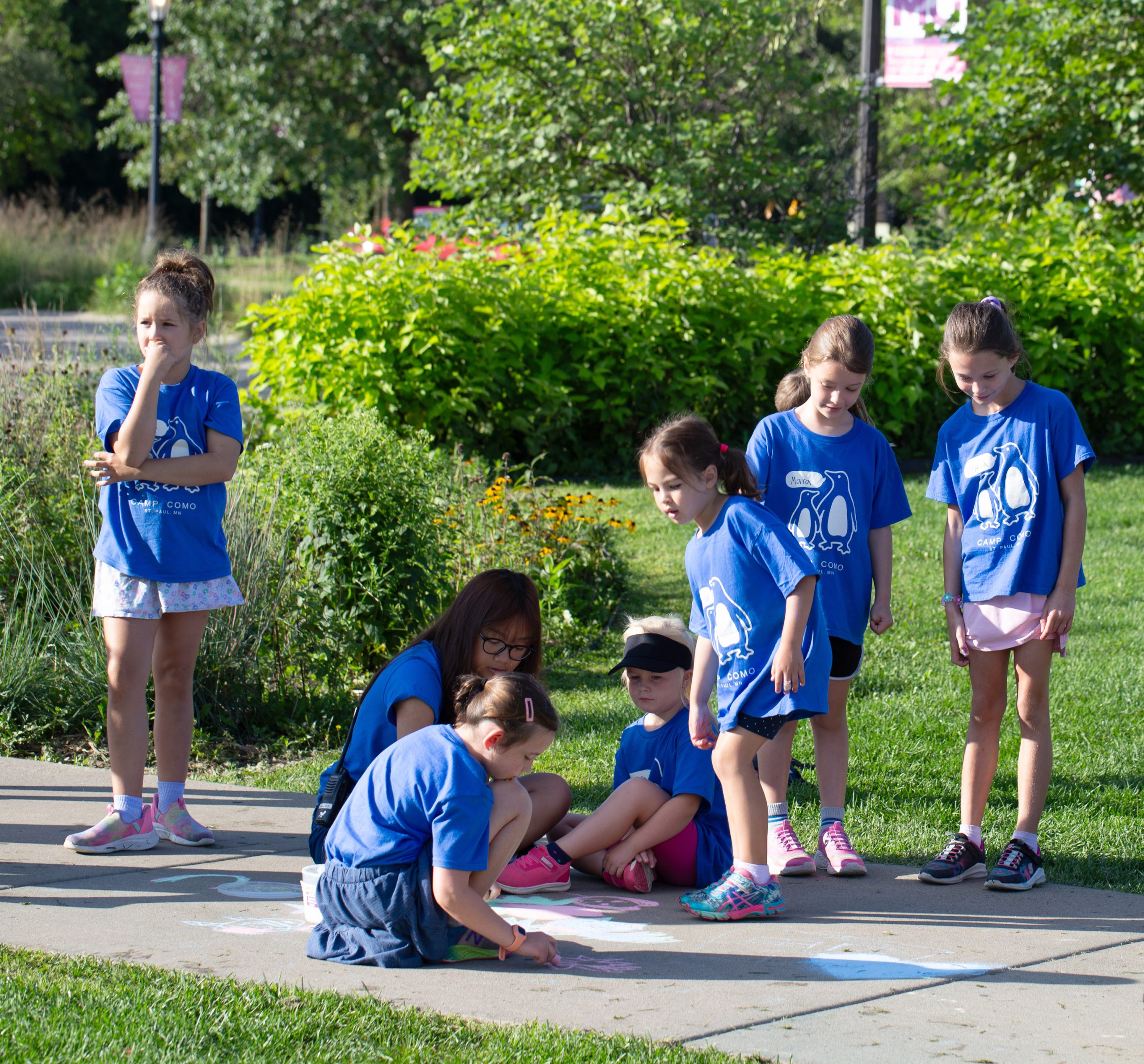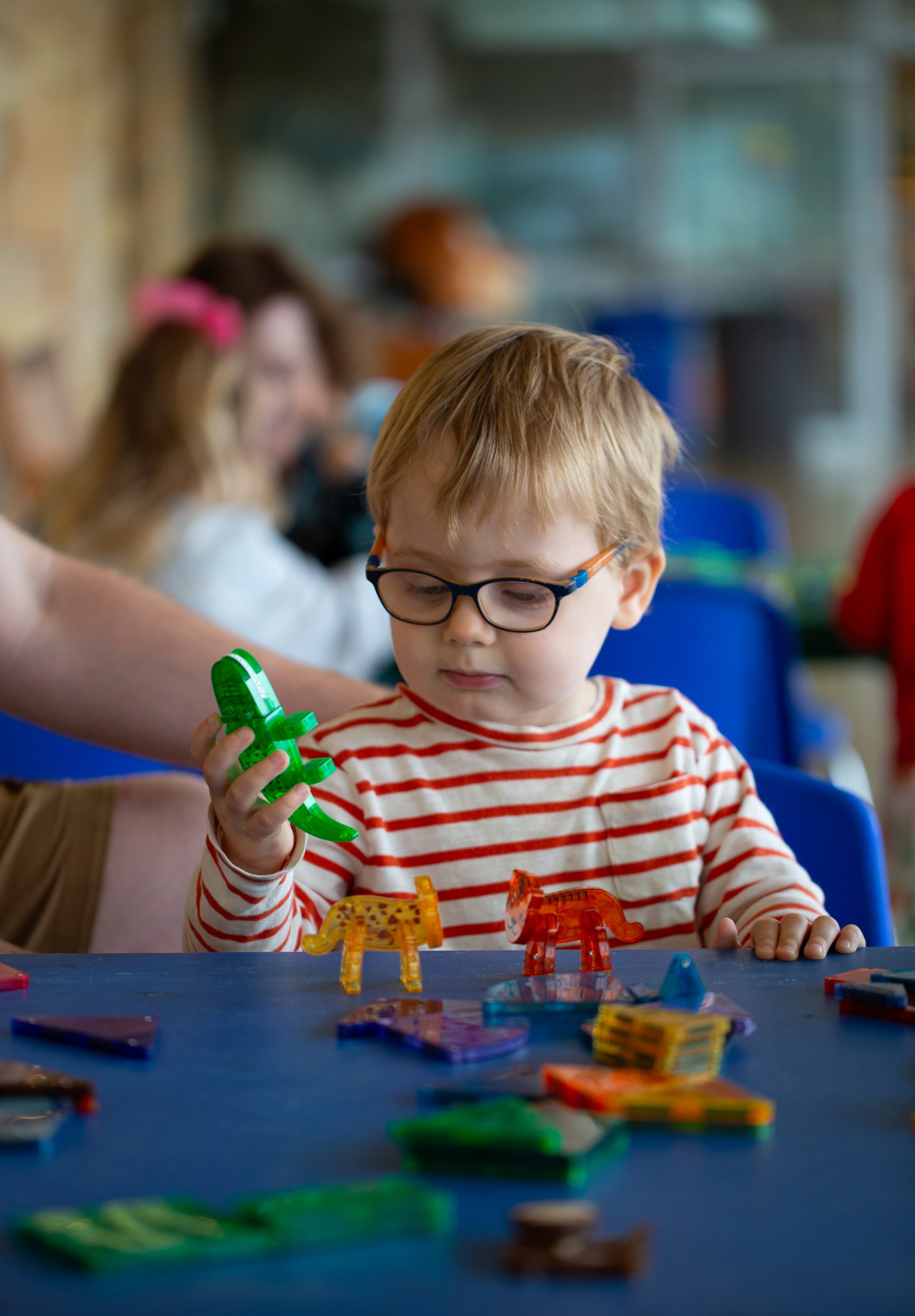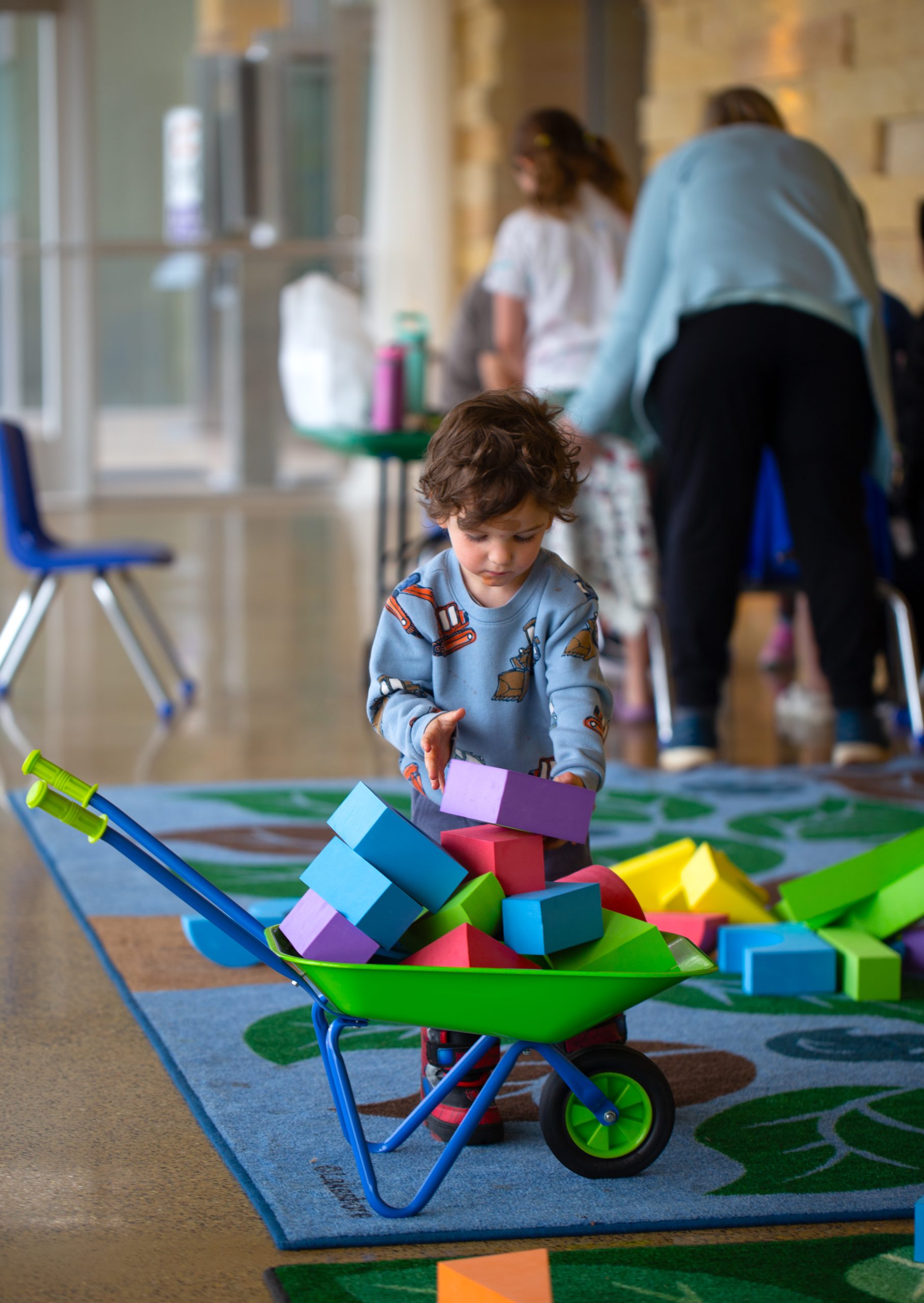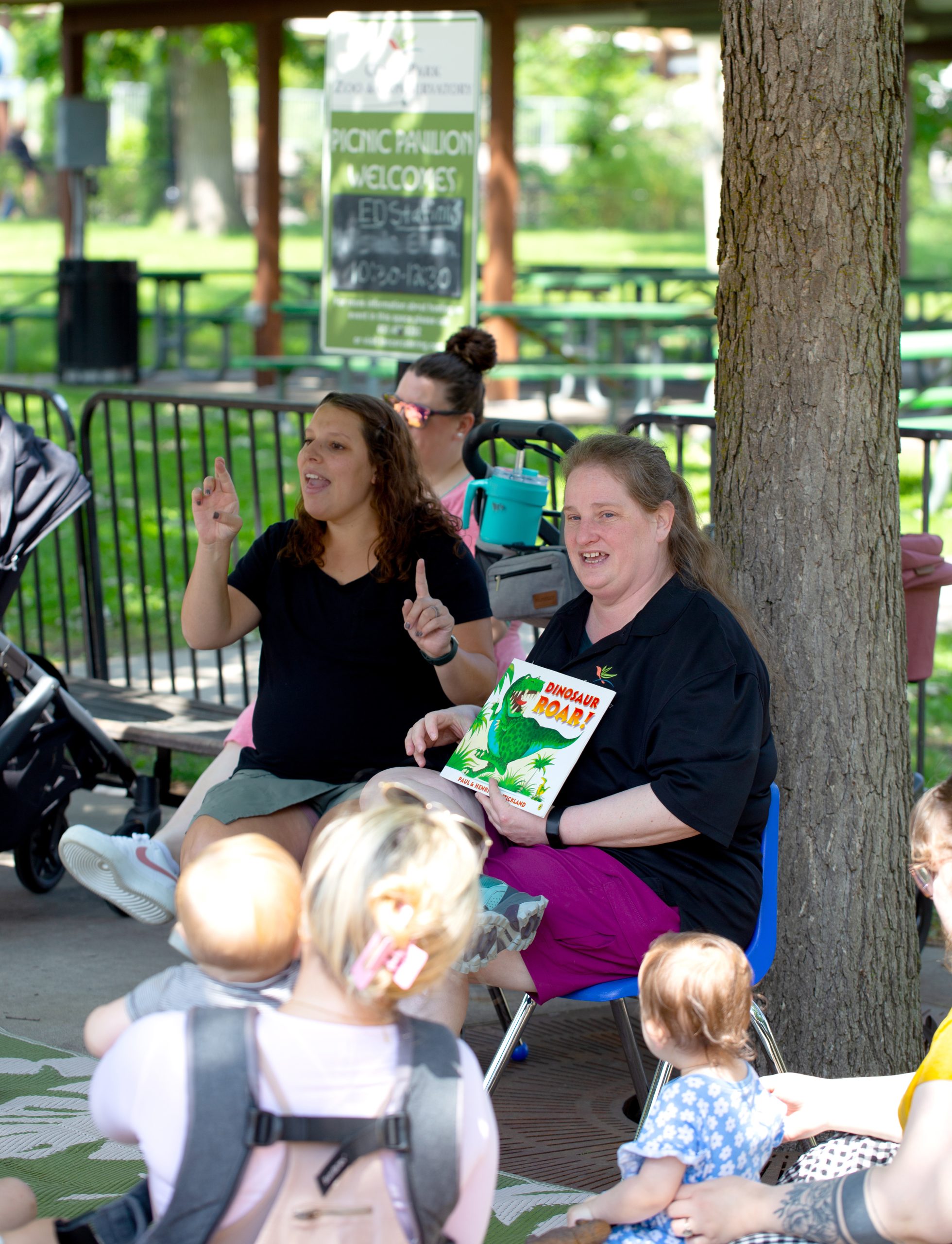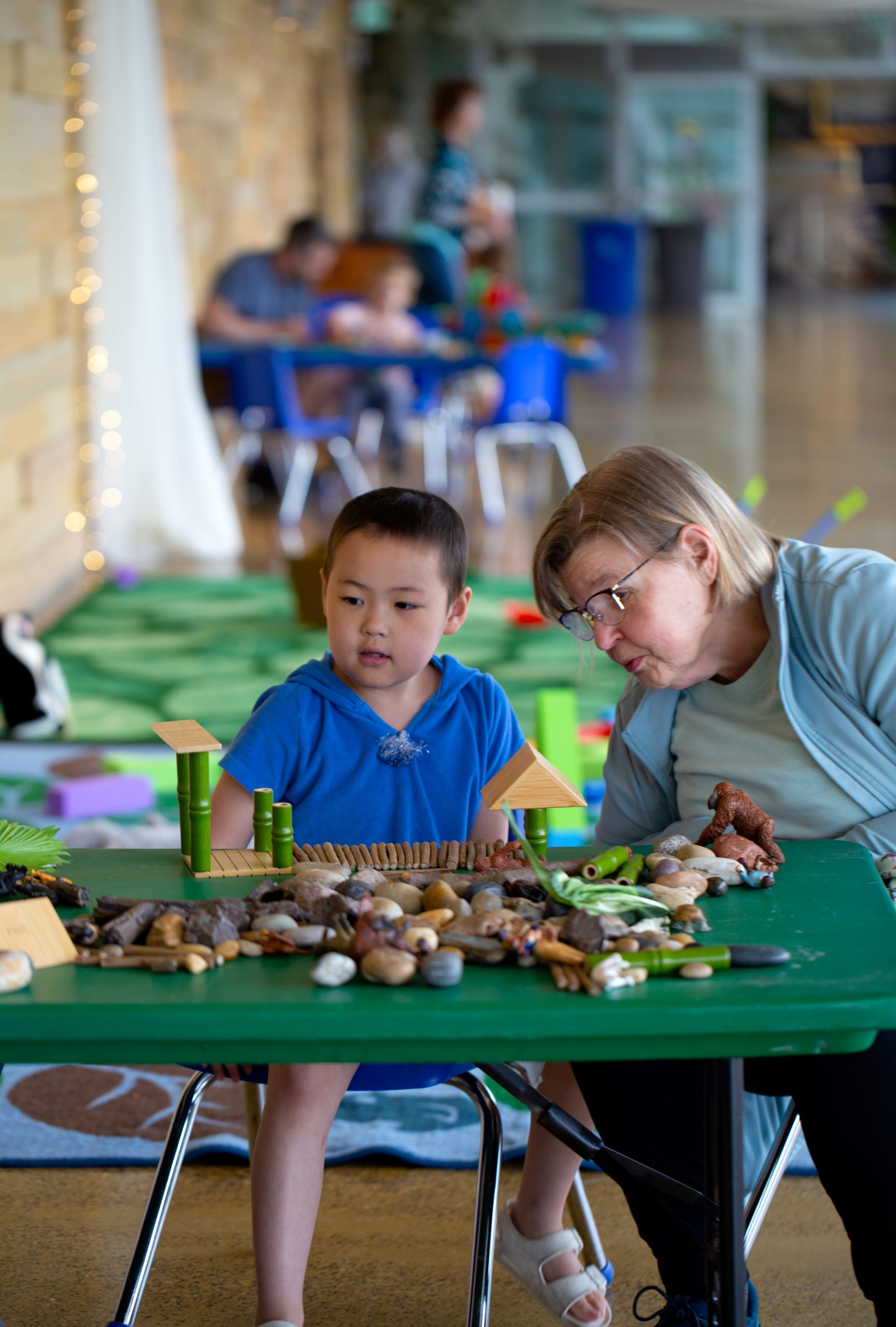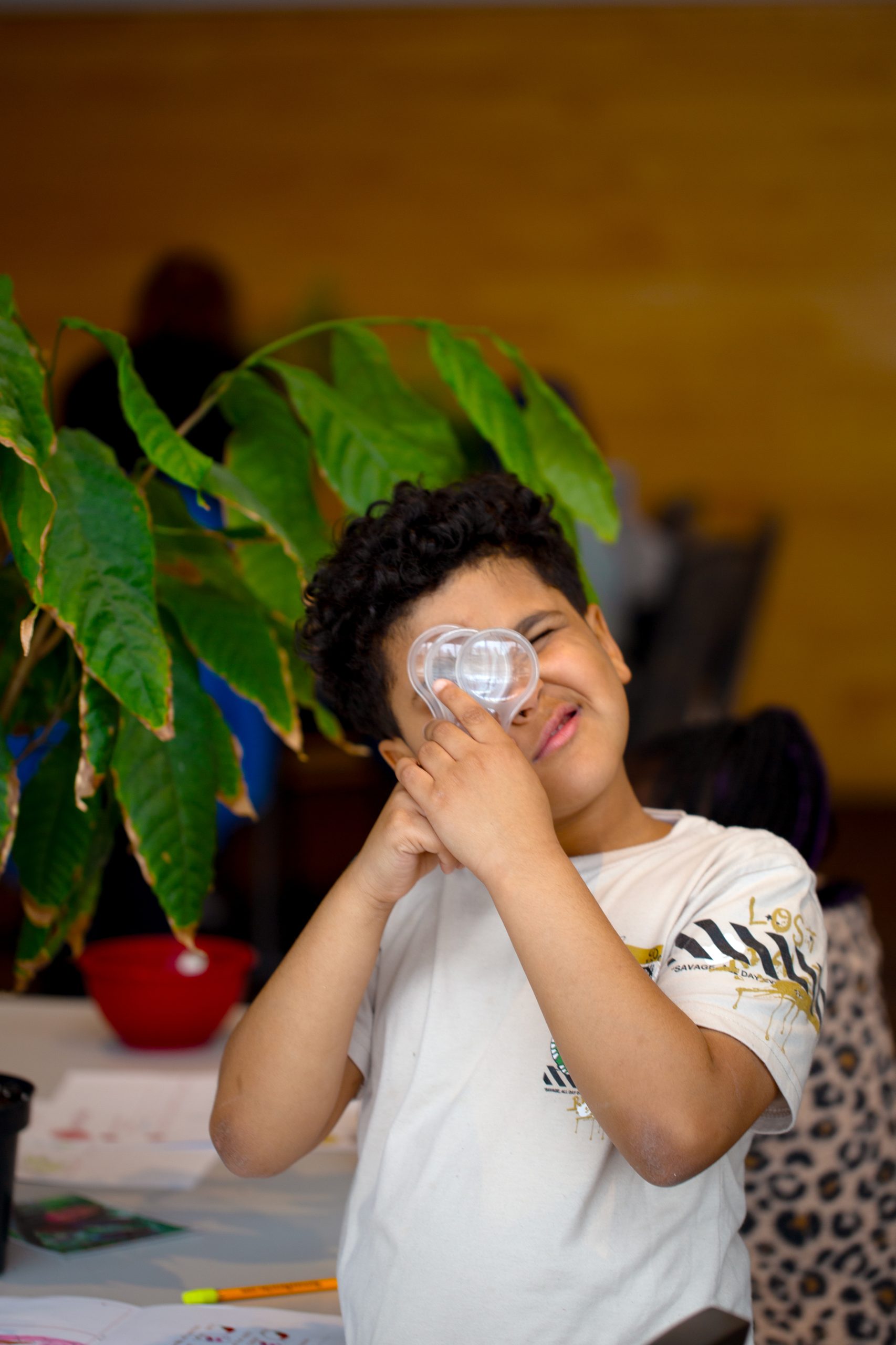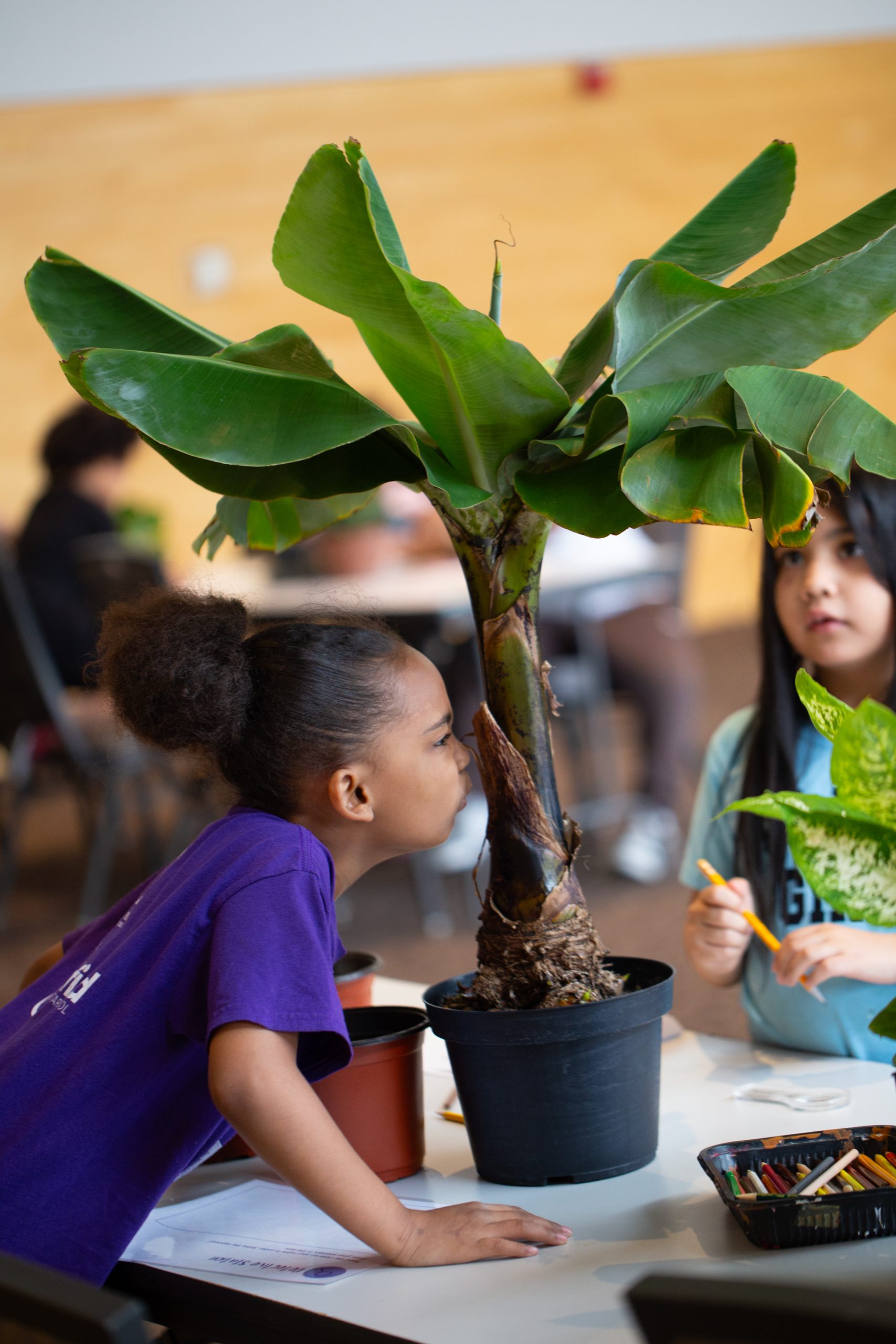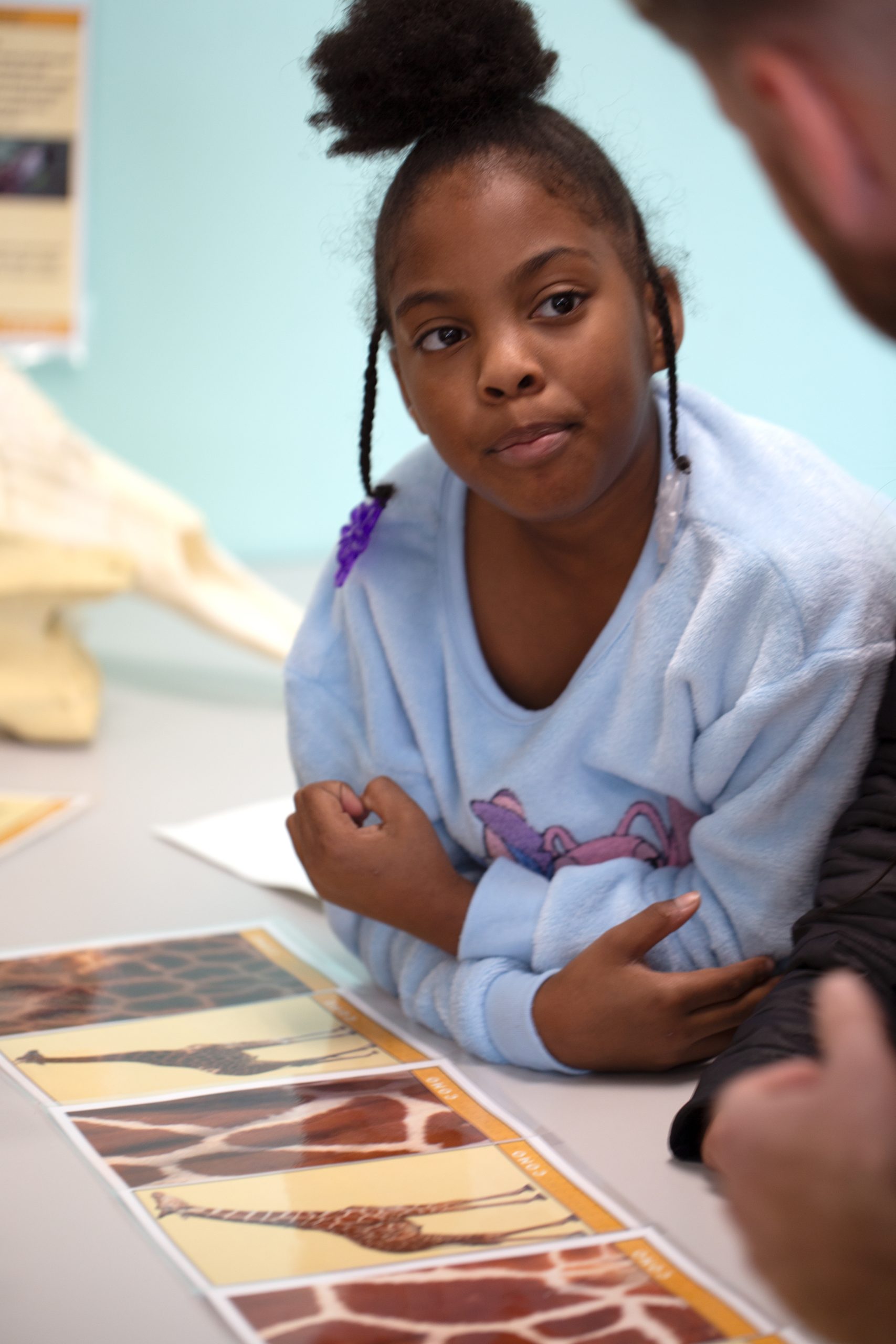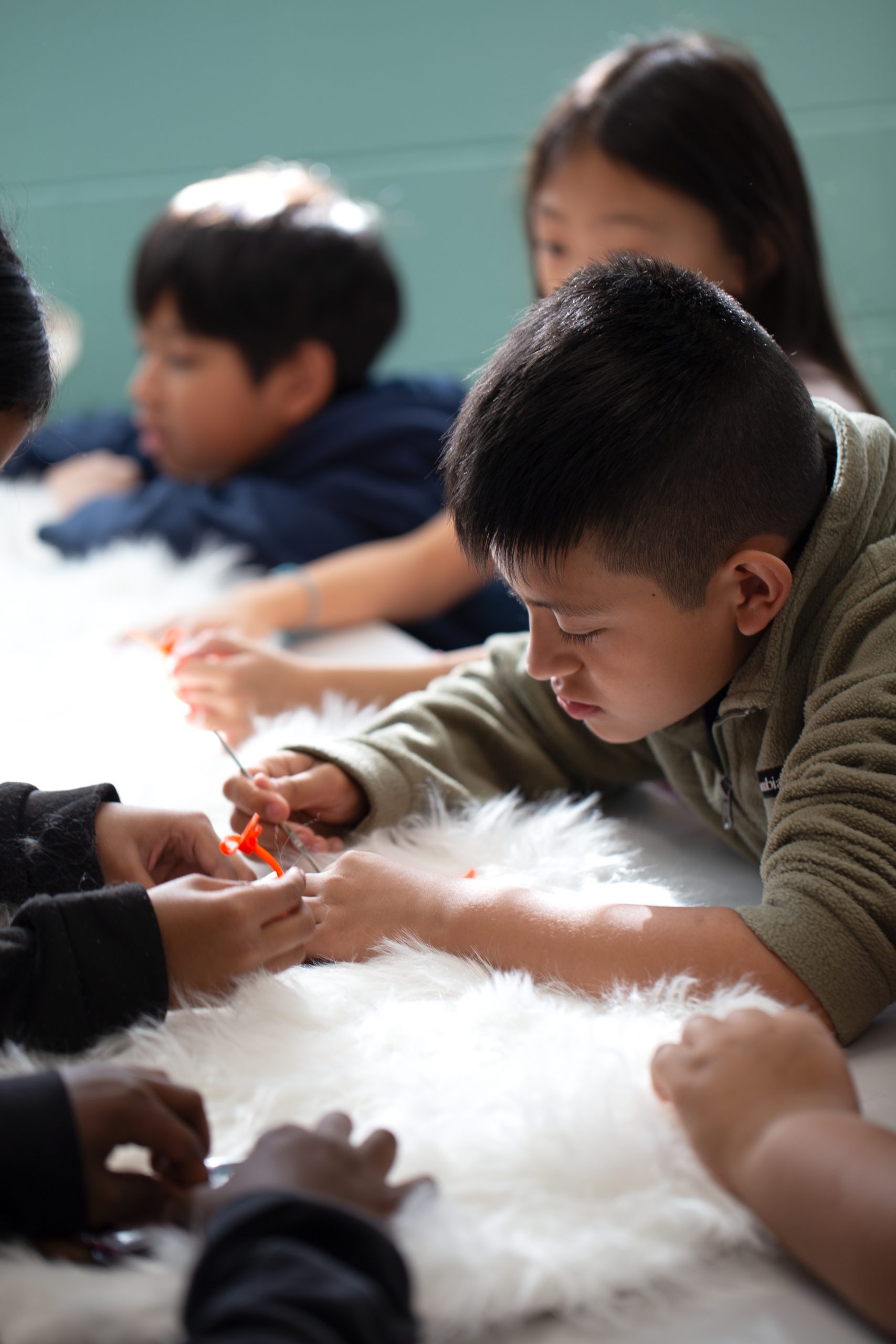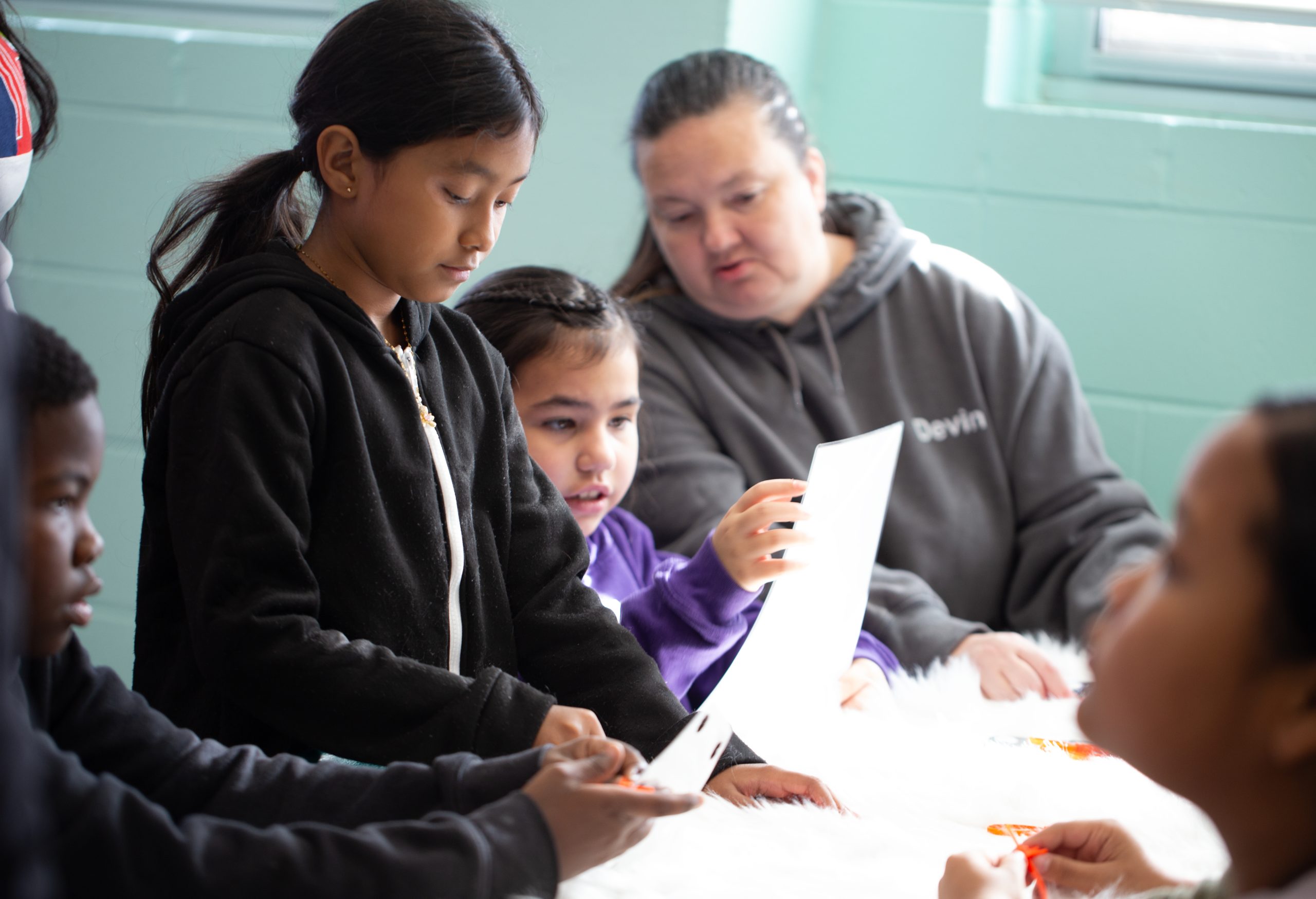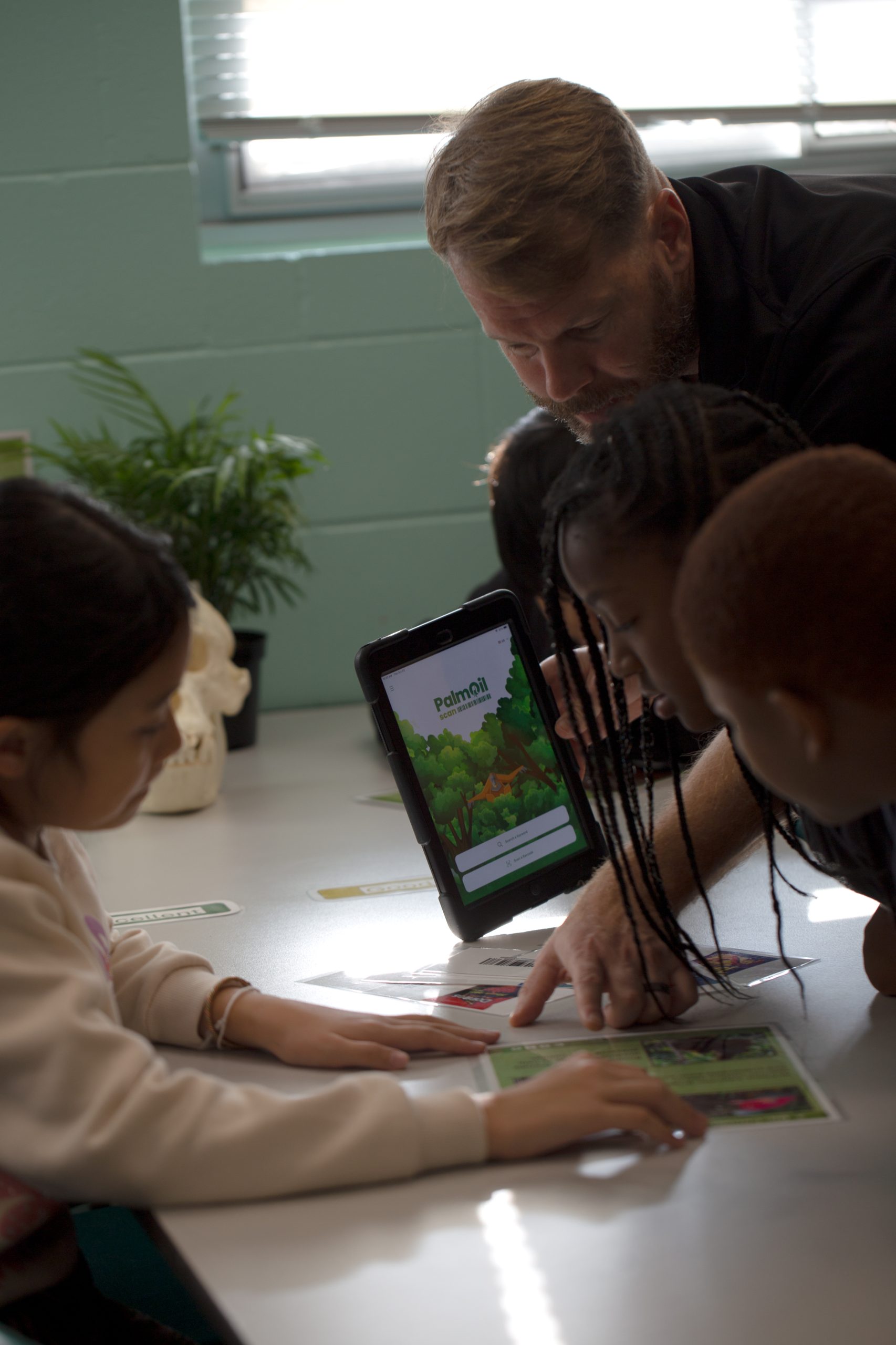With expanding school partnerships, a refreshed curriculum, and a new strategic plan, Como’s education department is rising to meet the needs of our next generation

As teachers will tell you, making the transition back to school can be tough. Even at summer camp, encountering new faces, new friends, and new surroundings can be stressful for many children—not to mention their parents.
That’s why Como’s education department just piloted a new program during Como’s sold-out summer camp season designed to build even better relationships between Como and the nearly 500 families it served through the 12-week session. Through a new staff position, Como Cares Specialist Ruthie Schneider reached out to enrolled families each week to find out if incoming campers could use some extra support to make their summer camp experience a success.
“It’s a way of building a relationship with families, and making parents and campers feel reassured that we have their backs,” says Schneider, a former Como Zoo keeper who leapt at the chance to return to campus this summer after making a career shift into special education. From managing inhalers and EpiPens, to asking parents for their best advice for helping kids on the autism spectrum adjust to new routines, Schneider’s multi-layered position is equal parts educator, counselor, school nurse, and resident problem-solver, supporting Como’s summer camp instructors by tending to kids who may need more time and attention from a trusted adult.
“It’s been a conversation in the camp field for a while, and especially after COVID, that we’ve been seeing more kids showing up at camp who need additional support,” says Bekah Hanes, Como’s Education & Conservation Curator. “In the past, if there was a camper or two who were struggling, it could take the whole class off track. But with this role, we have the resources, and this extra pair of hands, to help make the camp experience more meaningful for everyone. It’s been a complete game changer.”
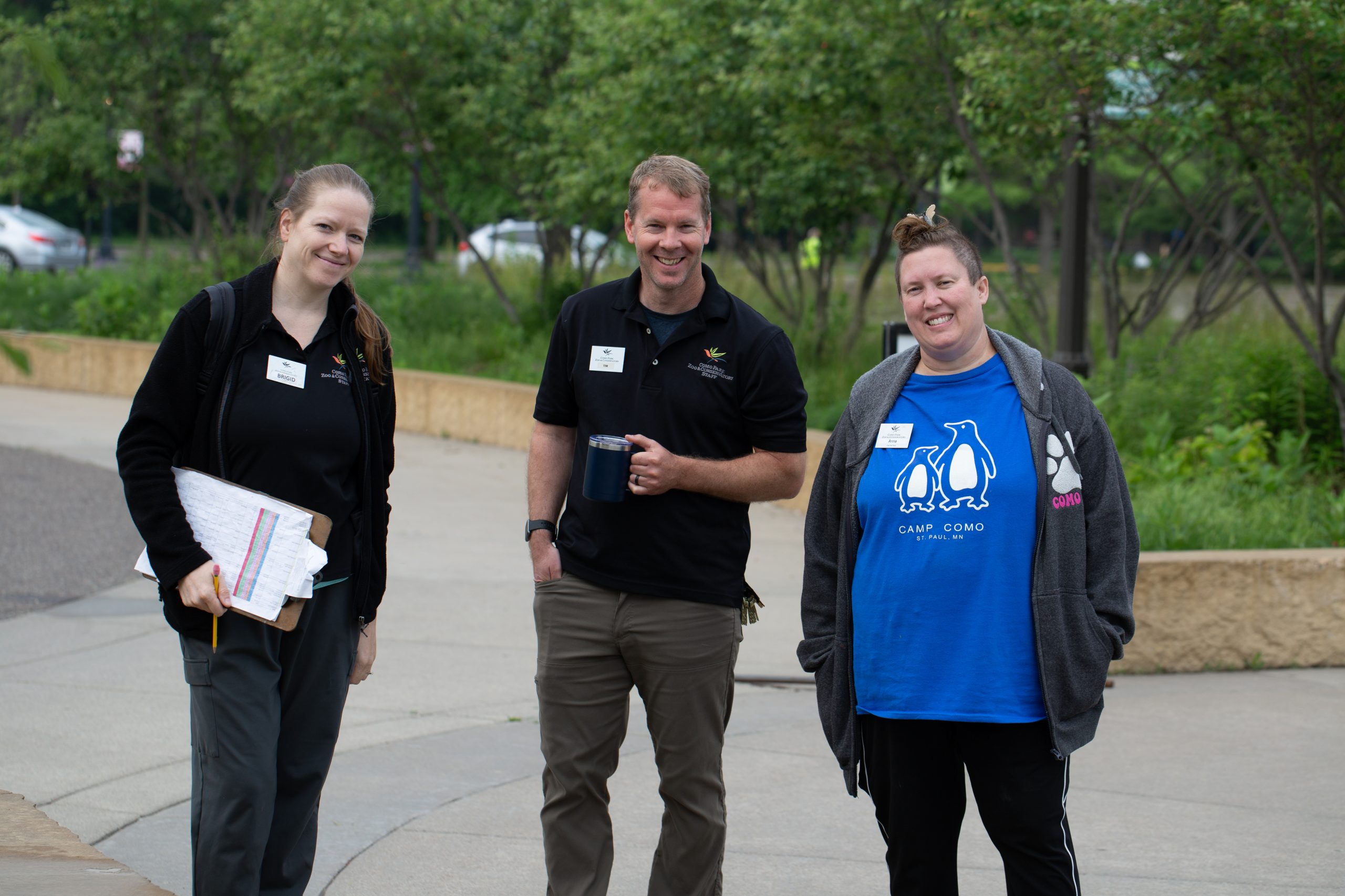
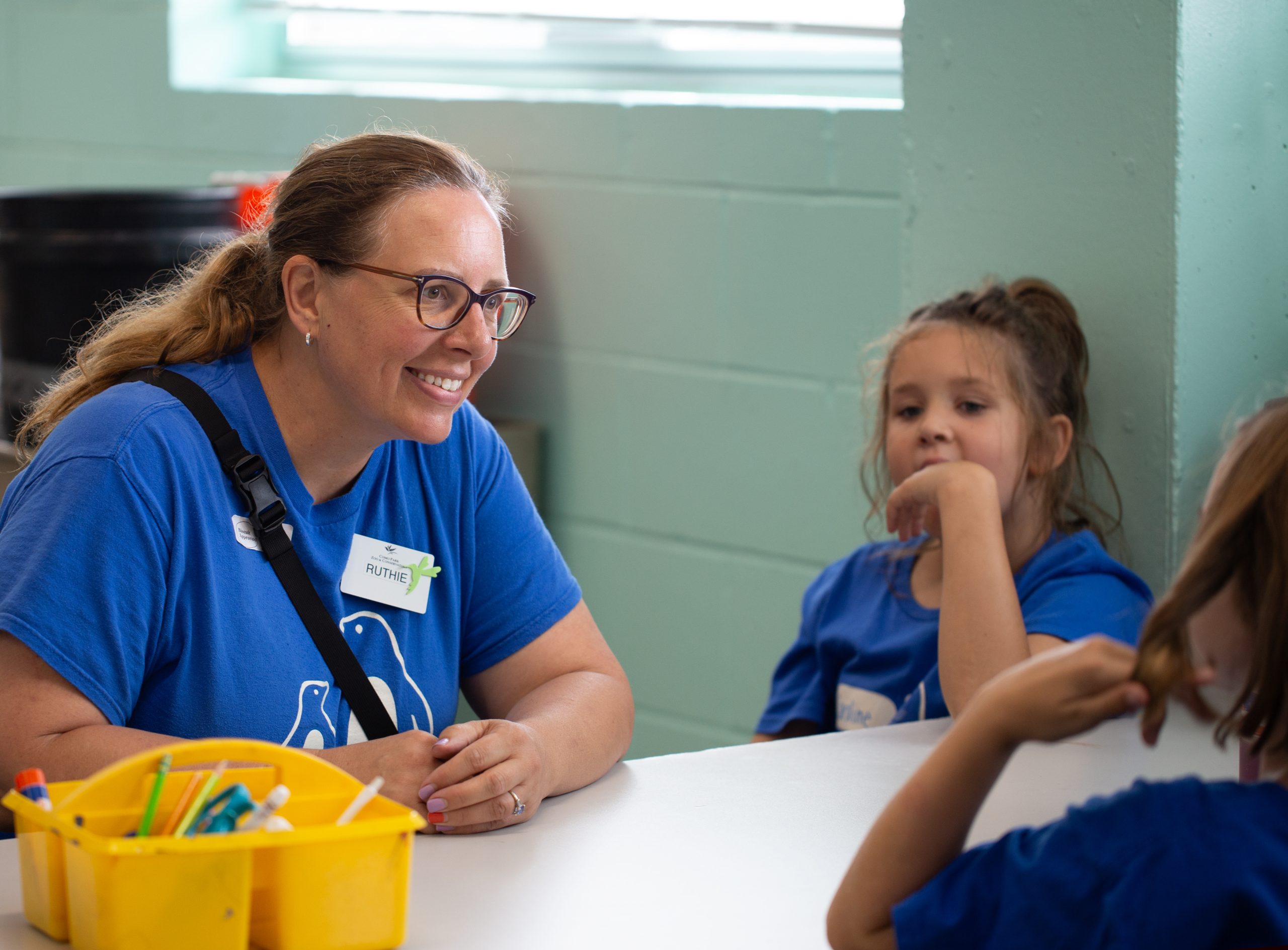
Improving Access and Engagement
The new Como Cares specialist role is just a small piece in a much larger initiative aimed at meeting the growing needs of the more than 700,000 school-age visitors who come to Como each year. Driven by a new strategic plan supported by Como Friends that was based on feedback from parents and community partners and new findings about best practice strategies for promoting conservation education with kids, many of Como’s education offerings are being reimagined to improve accessibility and engagement with kids of all ages and abilities.
For instance, the weekly free Little Explorers program for preschoolers, funded by Minnesota’s Legacy Amendment, has been updated with more opportunities for imaginative play and activities that encourage kids to get to know different animals, plants, and the natural world. “It used to include a lot of activities and laminated sheets where kids had to have a parent helping out,” says Program Specialist Erin Dimond. “Now with more manipulative things like animal figurines and play stations, kids are showing their parents how they want to play and learn.”
Improving access for kids with sensory differences is also part of the plan. Once a month, Como opens an hour early for Sensory Friendly Mornings, allowing youth with autism, anxiety, ADHD, and other conditions and their families extra time to explore Como without the crowds. The current program also includes a social narrative that gives families an idea of what to expect on their visit, and Como is partnering with AuSM and Fraser to implement even more sensory-friendly modifications and strategies. For the deaf and hard of hearing, an engaging and kid-friendly American Sign Language interpreter supports the story-time portion of Little Explorers every Thursday, and travels across the Zoo and Conservatory to interpret public talks throughout the day.
With growing demand for Como’s summer camps, Como Friends and Como Park Zoo & Conservatory also combined forces to continue improving the camp experience, and to make it more accessible for more families. This spring, Como Friends expanded its commitment to summer camp scholarships by more than 50 percent, funding that made it possible to provide a week-long Camp Como experience to about 50 elementary-age campers. At the same time, Como tested out a new staffing model, recruiting veteran classroom teachers to apply for short three- to six-week terms within the seasonal summer camp program. “In the past, we hired college students who were looking for classroom experience,” Hanes says, “but by hiring professional teachers who want a fun summer gig, we’re also getting the benefit of their experience and their great classroom management skills.”
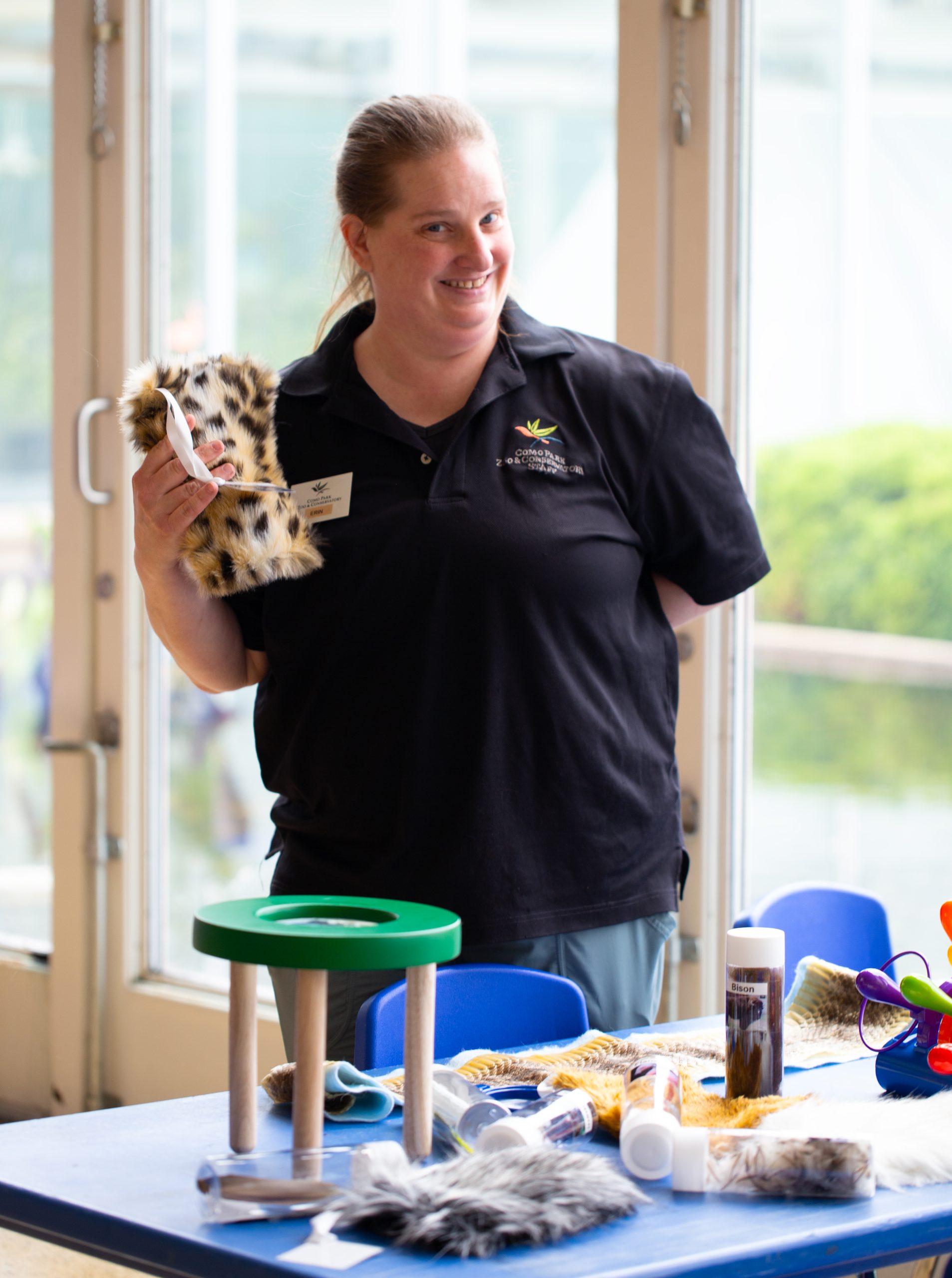

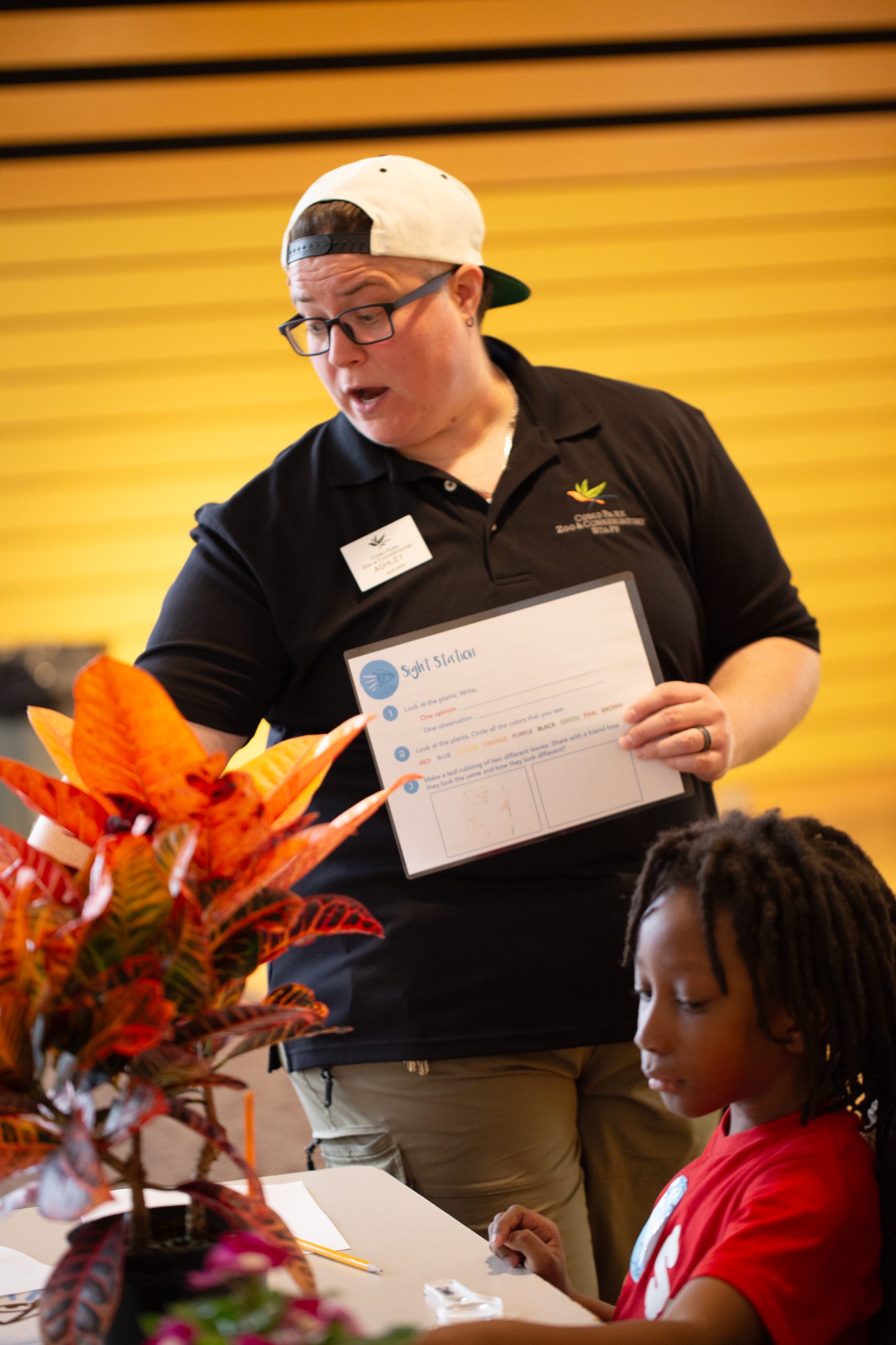
Back-to-School Partnerships
Now that school is back in session, Como’s education department is turning its attention to expanding school partnerships. After a successful pilot program last winter, Como’s popular Residency Program will fire up this fall, offering on-site experiences for third grade classrooms around the Twin Cities, and off-site programs for third graders across the state.
Made possible with funding from Minnesota’s Legacy Amendment, the free on-site program provides for both transportation costs to Como and a multi-day, multi-disciplinary curriculum where Como’s animals and plants become the backdrop for arts, language, and science learning, as well as early experiences with nature. “Even though local schools participate in Residency, many students have never been to Como before,” says Residency Education Specialist Katie Raeker, “That’s why we find ways to not only connect students to nature, but also to Como’s unique and lovable plants and animals. It’s really fun to show them around and to see their faces the first time they see a giraffe, or watch a sea lion swimming in the water.”
To reach outstate classrooms, the Residency Program hits the road, allowing a Como residency specialist to relocate for a week in Greater Minnesota, with a carload of conservation topics, art projects, and other activities for third grade classrooms. Following a pilot season that traveled to such communities as Grand Rapids, Melrose, Hinckley, and Faribault, the program got strong marks from participating classroom teachers. “One thing we’re hearing is that they really appreciate our multi-modal approach with our curriculum,” says Residency Coordinator Madeline McCullough. “There’s movement throughout the day, videos and slideshows, class discussions, and very tactile experiences with biofacts and plants. The curriculum makes them feel supported, and it works to reach many different types of learners.” Another strength of the program: all of Como’s Residency Program educators are former classroom teachers, skilled at shaping lesson plans to fit the needs of participating classrooms.
Closer to home, Como is doubling down on its popular second grade field trip partnership with St. Paul Public Schools, funded by Como Friends. For years, the program has made it possible to invite every second grade classroom in the district to Como with free transportation and a free program called “Plant Detectives” that introduces young learners to collecting data, using their senses, and making observations about the natural world. Starting this fall, the program will expand to include St. Paul’s fourth grade classrooms as well, with a new animal-focused curriculum.
“One of the exciting things about the new fourth grade partnership is that we’ll be highlighting some of our Conservation Champion projects from over the years, showing fourth graders a little bit of the conservation work our own staff has done, and connecting it to the animals that live at Como Zoo,” says Tim Buer, Como’s education coordinator. The station-based class will comprise five conservation themes for fourth graders to explore, through engaging content that highlights first-person experiences like Senior Keeper Jill Erzar’s trips to Africa to support giraffe conservation in the wild and Aquatics Keeper Kelley Dinsmore’s experience rehabilitating injured and orphaned penguins on the coast of South Africa. “We’re using a see, learn, and do model with stations that students can visit, each with a different conservation theme,” Buer says, all while students learn more about the people behind Como’s plants and animals.
While the curriculum is designed to fit the growing needs of fourth grade students, Buer says it’s also meant to teach a critical lesson about Como—that it belongs to the whole community. “Building a sense of ownership and connection at Como is one of our goals, so it’s always been our hope to create a program for older kids,” he says, noting that repeat trips to Como are the key to those relationships. “Return visitors are important at Como, and none are more important than our next generation of St. Paul students.”
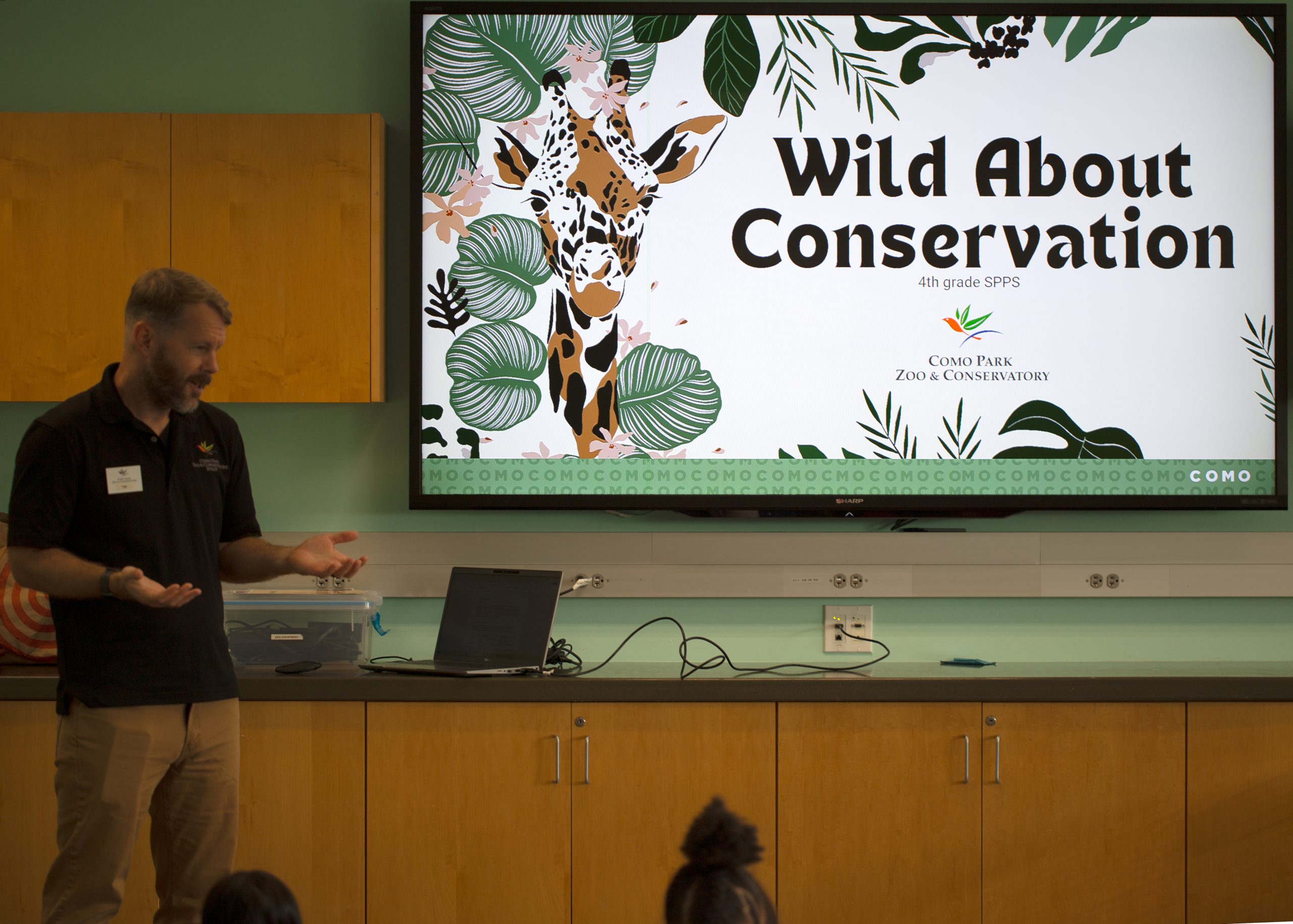

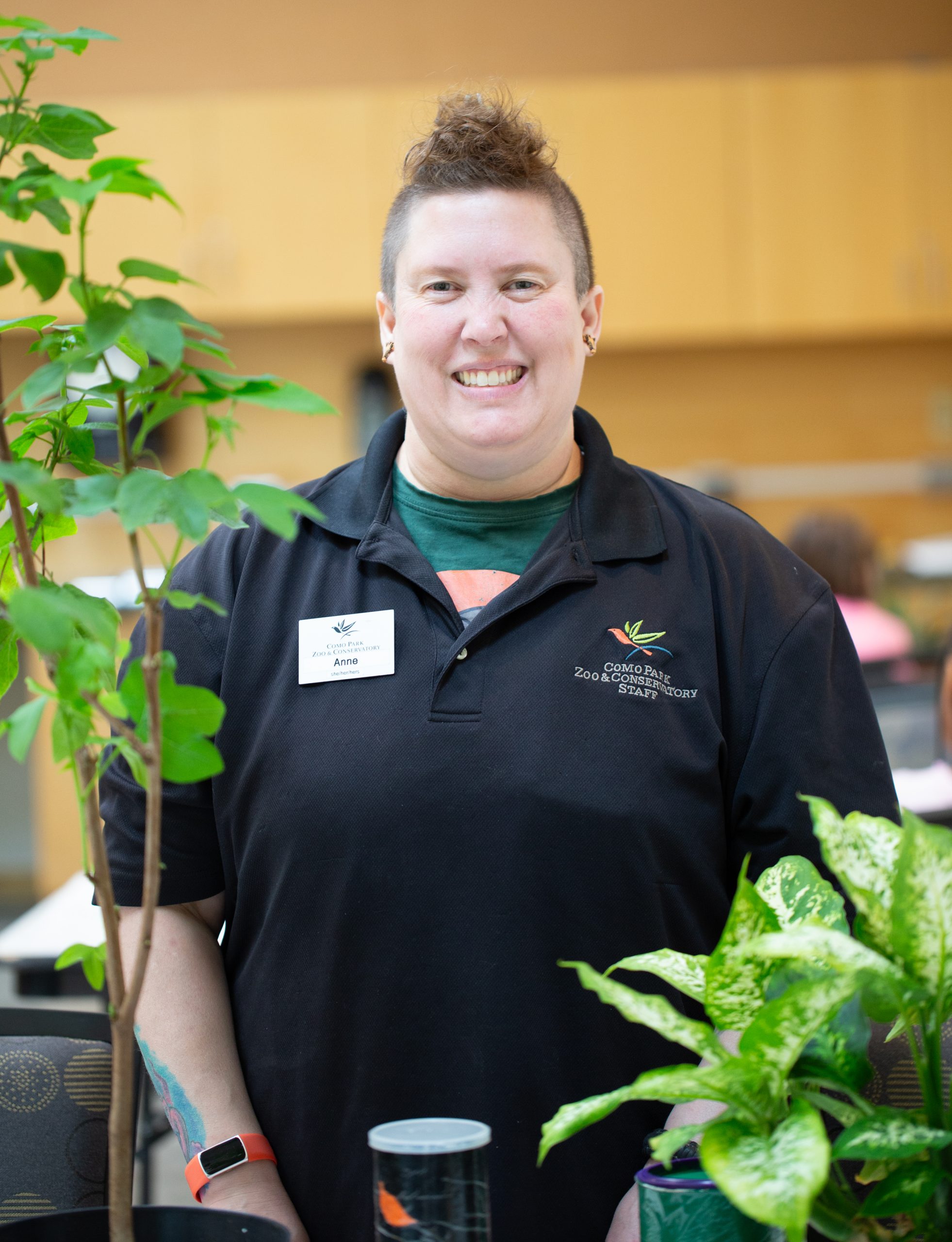

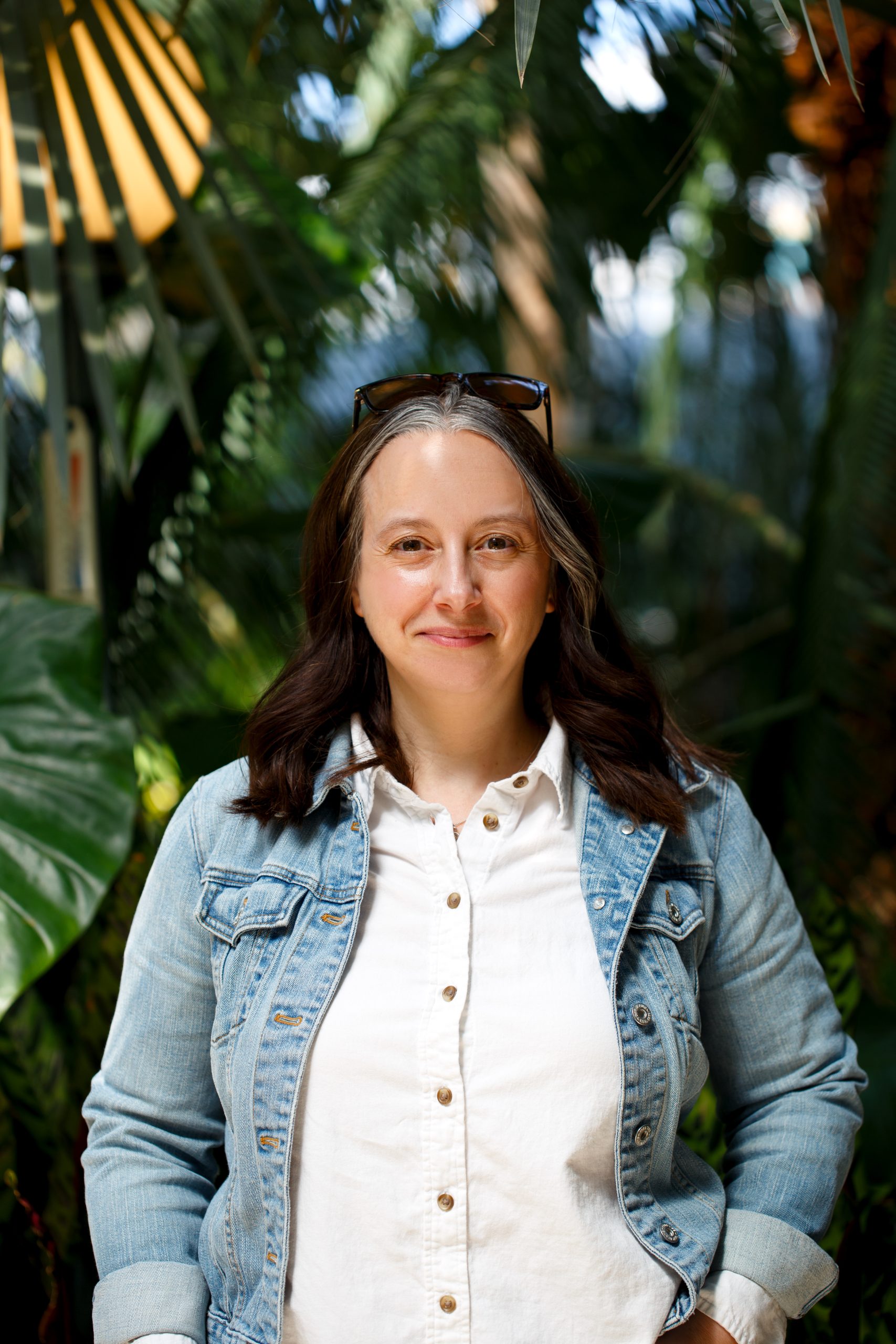

Your support for Como Friends is critical to teaching the next generation the value of conservation. Through summer camp scholarships, school group programs, free admission, and more, your generosity makes it possible to introduce more than 700,000 school-age visitors each year to the wonders of nature. Give to the Max for Como Park Zoo & Conservatory! Thanks to generous matching gifts from Como Friends’ Board of Directors and long-time Como Friends supporters Sandy and Dean, every gift you make to Minnesota’s most visited cultural destination will be doubled, dollar for dollar, up to $52,500. Thank you!

